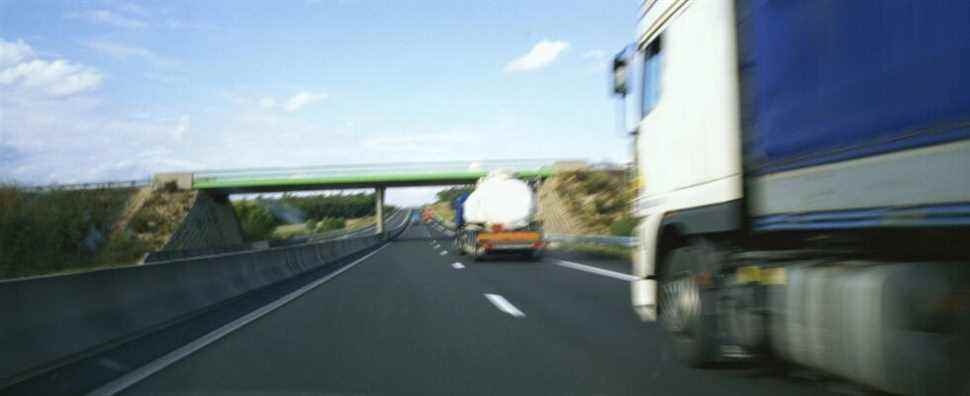The 196 countries gathered for two weeks in Glasgow (Scotland, United Kingdom) reached an agreement, Saturday, November 13 in the evening, to close the COP26. They adopted a common text, the Glasgow Climate Pact.
All types of transport will be affected by global warming, from rail to maritime infrastructure, including road, and even air. It is therefore central to anticipate the risk of seeing a serious deterioration in mobility.
Indeed, many economic and social issues depend on the ability to operate to full potential thanks to transport infrastructure. This anticipation must be carried out from the design to the operation of the infrastructures, without forgetting the managerial level and long-term planning.
Climate change is already having its effects. We have seen a marked increase in the number of hurricanes and typhoons in recent years, increasingly violent events. Thus, between 1967 and 2018, hurricanes became twice as intense and last twice as long.. In France, the events observed are mainly heat waves in summer, floods and storms.
“You can see pavements and rails warped by heat. Extreme events like flooding can destroy structures. For example, during floods in Germany, the Netherlands and Belgium, 6 bridges and 30 kilometers of tracks were destroyed and 500 kilometers of tracks were damaged “, highlighted Vincent Depouès, project manager at the Institut d’Économie du Climat.
Rising sea levels will also impact all coastal infrastructures.
“We have areas that are very sensitive, in particular areas along the coast, which could be impacted fairly quickly by rising sea levels.”
Marie Colin, technical referent at CEREMAto franceinfo
France has experienced 3,200 fires which destroyed 11,400 hectares of forests. These fires were 85% in the southern half of France. With climate change, we will have to expect an increase in the number of fires, but also an extension of fires to new regions, further exposing transport infrastructure.
These extreme events are likely to be very costly. All economic sectors combined, insurance reimbursed 1 billion euros in 1980, against 3 billion in 2010, and the reasons are not only the increase in insured assets, but indeed an increase in extreme events.
When we know that‘one kilometer of the High Speed Line costs 16 million euros, we imagine that, without anticipating these risks, the addition will prove to be steep, especially as climate changes will greatly increase the wear and tear of infrastructure. Thus, from now on, the Cévennes episodes are rapidly wearing out the railway infrastructures in the South of France. The extension to other regions, in the years to come, is also to be feared for this type of wear.
The consequences of the expected temperature increases can also impact humans, so it is possible that SNCF technicians will soon be required to work in temperatures of around 60 °, within SNCF technicentres. Likewise, to prevent users from seeing their conditions of use deteriorate during heat waves, operators will have to rely on vehicle air conditioning, which will be added to overall air conditioning, which already represents 10% of global electricity consumption.
We must be aware that human genius can build transport infrastructure in almost all weather conditions. The problem is that a transport infrastructure is designed to withstand a certain range of conditions, which will change with climate change. When we build an infrastructure that will last 40 years, 50 years, such as rail infrastructure, we must already think about these developments.
According to a report from the European Parliament, the anticipation of future meteorological conditions in the design of transport infrastructure should lead to an additional cost of 3% for their design. Without fully mitigating the impact of climate change, this should halve annual losses in the French transport sector in 2050, from more than 1 billion to around 500 million euros.
These changes can be managed upstream, for example by replacing existing infrastructures with new ones, more in line with the expected climatic changes. We can also choose to continue working with current infrastructures, even if it means intervening more regularly on it, or even accepting a reduction in operational capacities. Be that as it may, cooperation on an international scale is, as always, an essential building block for anticipating and adapting, drawing inspiration from civilizations accustomed to enduring extreme climatic events.
Climate change will require us to adapt our transport, but it could also offer new opportunities. For example, Russia is banking on the subject to open a new trade route through the poles, and some ports are questioning the opportunities this will create for them. However, we must keep in mind that we have much more to lose than to gain from climate change, and that once again the ball is in our court.
